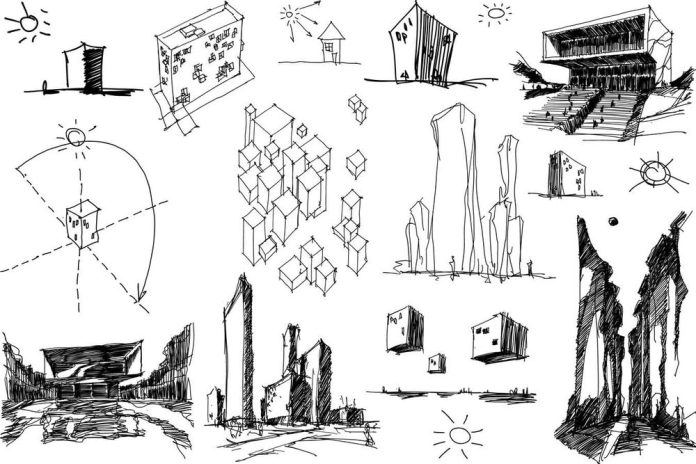From the semiotic viewpoint, architecture is not only transmedial (in which case its specimens in their constitution can be likened to verbal texts that require ―reading‖ and appropriate interpretation) but almost always multimodal – a hybrid text whose space becomes complemented with pictorial elements (paintings, sculptures), natural language, music, rituals, etc. (cf. Agrest 2008; Elleström 2014).
As a linguist, I intend to focus on the presence of verbal texts within or around the architectural space. Their functions are multifarious: decorative, informational, explanatory, devotional, and – especially in modern art – critical and ironical. The following types of verbal texts will be considered briefly:
- inscriptions on walls possessing informative or aesthetic value;
- organic presence of holy scriptures and prayer books in temples;
- paintings which contain images of written texts, books, tablets, inscriptions, etc. placed in architectural spaces (common especially in the oeuvre of Old Masters, cf. Langmuir 1997); they boast a triplelayered textual embedding: the painting ekphrastically renders architecture in which certain verbal texts become prominent;
- critical games played by conceptual artists, who elevated the verbal element to form the essence of visual art and experimented with placing inscriptions within or close to e. g. museum buildings (C. Ginzburg, 1971; P. Benveniste et al., 1973, discussed in Kalyva 2016) or else exhibiting them in urban spaces (J. Holzer‘s Truisms, 1977-1987, with her works appearing across New York, and Projections, from 1996 on, with poetic quotations executed in neon on important buildings in America and Europe).
All the above-listed artistic projects testify to the importance of verbal texts within, on, or near architectural creations and to the need of interpreting this kind of composite/hybrid textuality against a specific cultural, social and ideological background.
